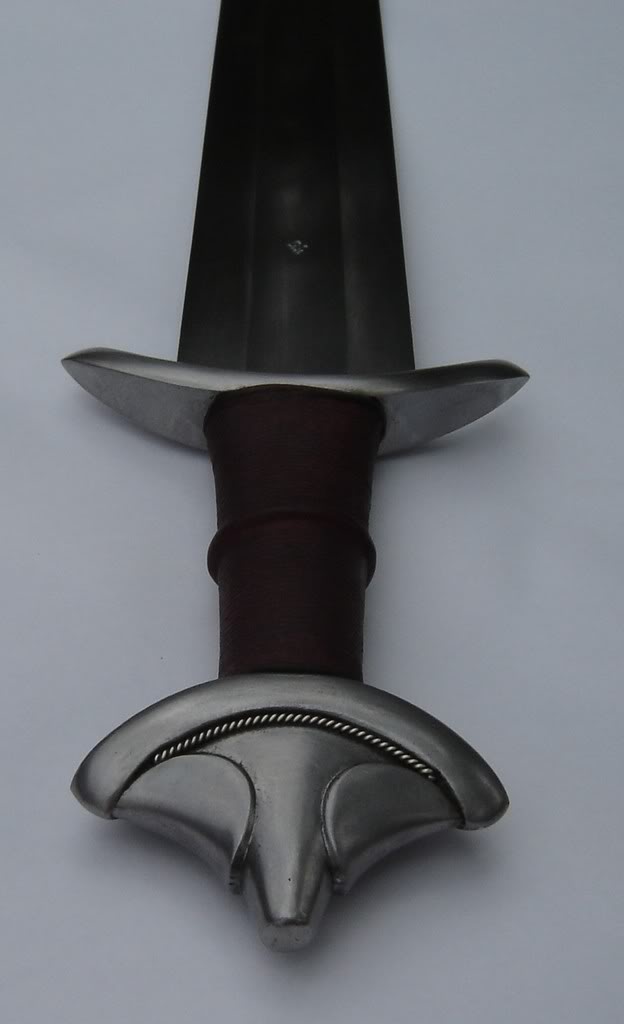| Darrin Hughes wrote: |
| Good timing with the review Mike. My Thegn has been with Tod having a scabbard made and I should be picking it up later today. I'll be looking to post a few pics in the next couple of days if all goes to plan.
I can't see anything to argue with in your review, except possibly the blade length I'm sure mine isn't that long, I'll have to check when I get it back. I bought my Thegn a couple of years back now and it was my first Albion. Whilst there will always be a certain amount of reluctance when asked to part with the sort of money that Albion charge, it was the quality of this sword that persuaded me to buy other Next Gen. swords. I now have 5, although I'm not planning on adding to that number any time soon. I'm afraid that I'm not made of money, I just went a bit mad :) The Thegn is possibly still my favourite as far as handling is concerned, very light and quick. I would also agree about the visual appeal of the blade, the proportions seem just right, as is the case with so many of Peter Johnssons swords. Cheers, Darrin. |
Thanks Darrin. I measured the blade a third time after you wrote that, and again, I am getting it right at 29 inches, maybe 28 and 9/10 inches at best. , whish is not a huge difference than the Albion stats.


